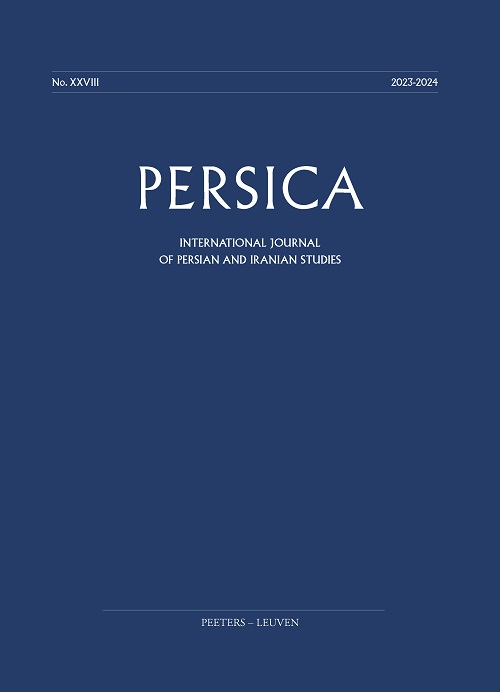 previous article in this issue previous article in this issue | next article in this issue  |

|
Document Details : Title: Martyrdom in Persepolis Subtitle: Deconstructing the Other Author(s): HONARY, Shereen Journal: Persica Volume: 24 Date: 2011-2013 Pages: 81-102 DOI: 10.2143/PERS.24.0.3005374 Abstract : This article performs a close reading of the trope of martyrdom as it appears in Marjane Satrapi’s Persepolis, a story of a young girl coming of age in Iran in the aftermath of the Islamic revolution (1978-79). During the revolution and the Iran-Iraq war (1980-89), the narrative of martyrdom was reappropriated for political purposes, creating an image associated with violence. Satrapi particularly describes her interpretation of martyrdom through the use of the first-person perspective, which she narrates through both words and drawn images in the graphic novel form of her memoir. This first-person perspective as it is represented both visually and verbally will be analyzed through the narratological approach using focalization. An analysis of martyrdom demonstrates how a culturally embedded trope contributes to images of Iranian identity within Iran and in the West. By focusing the analysis to what Satrapi’s first-person perspective interprets of this trope, this article reveals how Satrapi’s interpretations add a different layer to the preexisting and complex narrative of martyrdom, and aims to suggest how such interpretations might loosen previously fixed images of Iranian identity associating Iranians with the politically propagandized image of martyrdom. |
|
